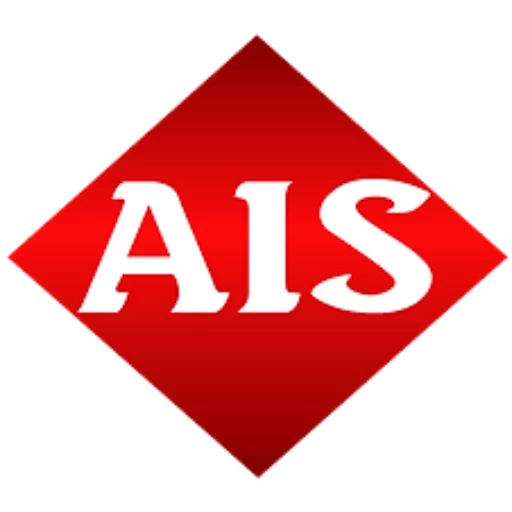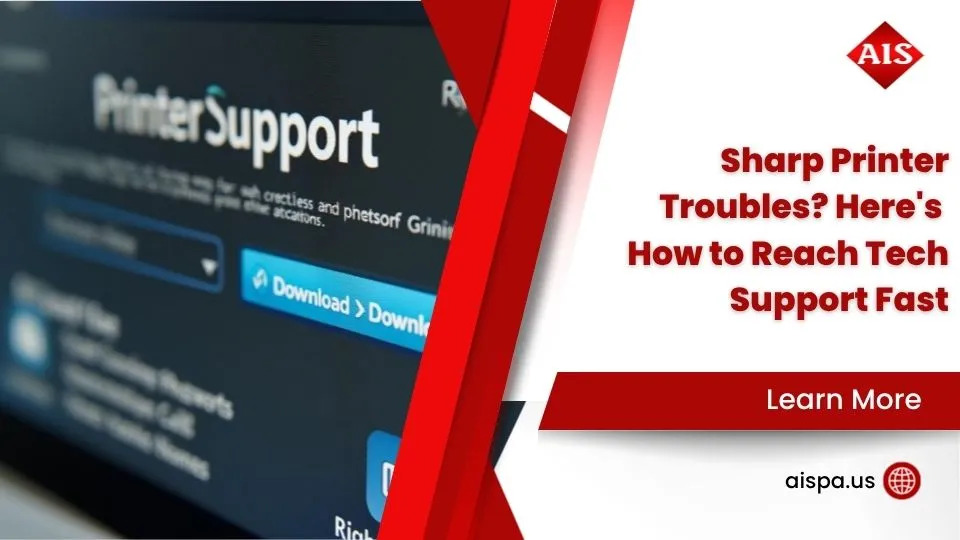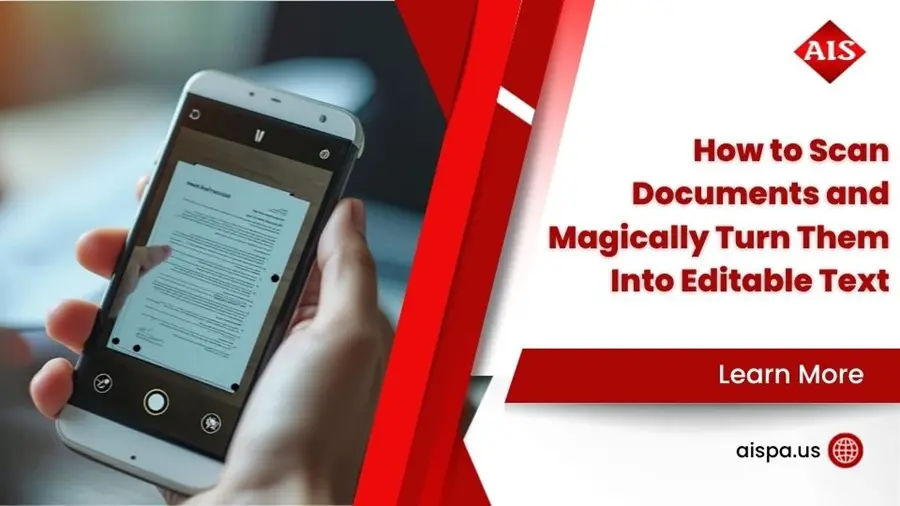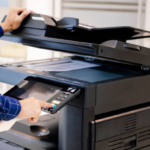Going Green: Discover the Best Eco-Friendly Printing Solutions
Eco-friendly printing solutions combine sustainable materials, energy-efficient technologies, and smart management practices to reduce your environmental impact while cutting costs. This approach is more than just a trend; it’s a strategic business decision.
The environmental cost of traditional printing is significant. The paper industry is a major contributor to greenhouse gases, and it’s estimated that 65% of all printed documents are thrown away the same day. For businesses, this waste translates into tangible costs, with printing expenses making up around 3% of a company’s total revenue and printer-related issues consuming up to 60% of IT support time.
Adopting a sustainable printing strategy means using recycled paper and soy-based inks, choosing ENERGY STAR certified hardware, implementing waste-reduction features like duplex printing, and responsibly recycling old equipment and cartridges. This holistic approach doesn’t just help the planet—it makes your office more efficient, reduces operational headaches, and boosts your bottom line.
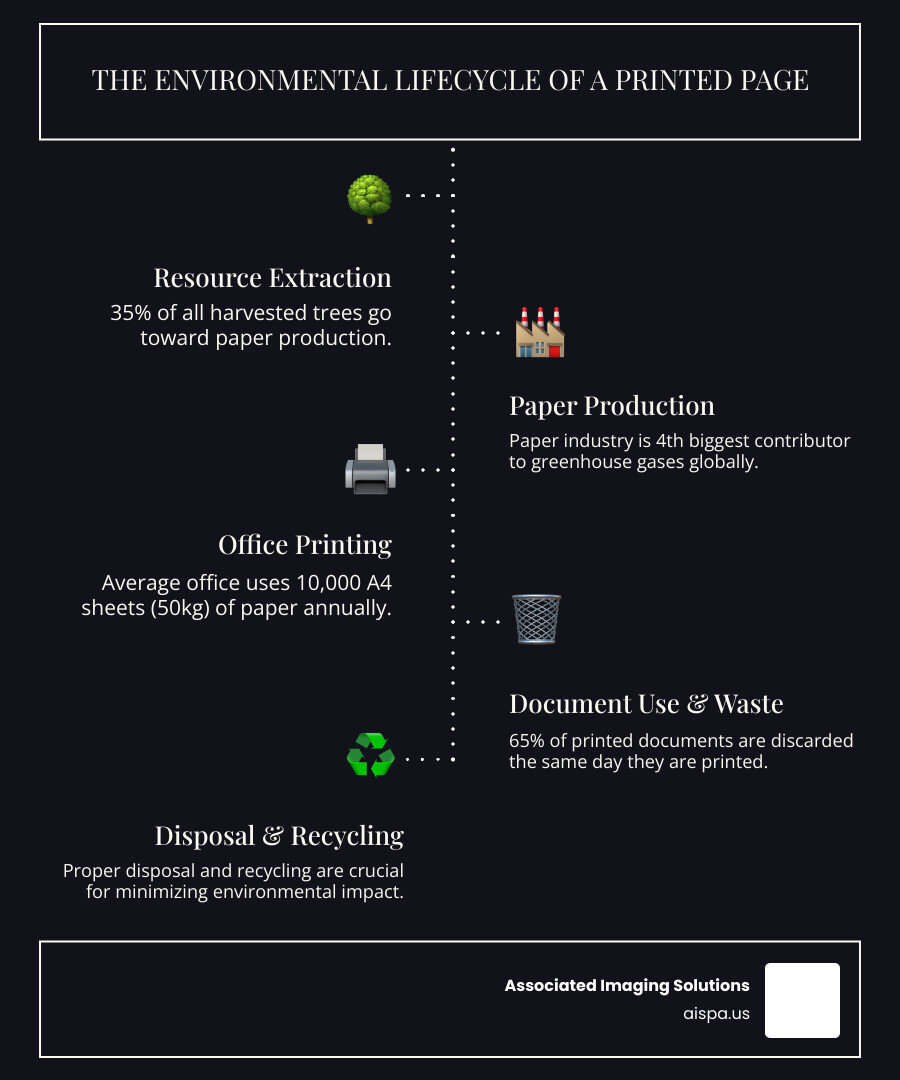
Eco friendly printing solutions terms you need:
The Building Blocks: Sustainable Materials for Greener Printing
Choosing the right materials is the foundation of any eco-friendly printing strategy. Your choice of paper, ink, and toner has a significant impact on your company’s environmental footprint.
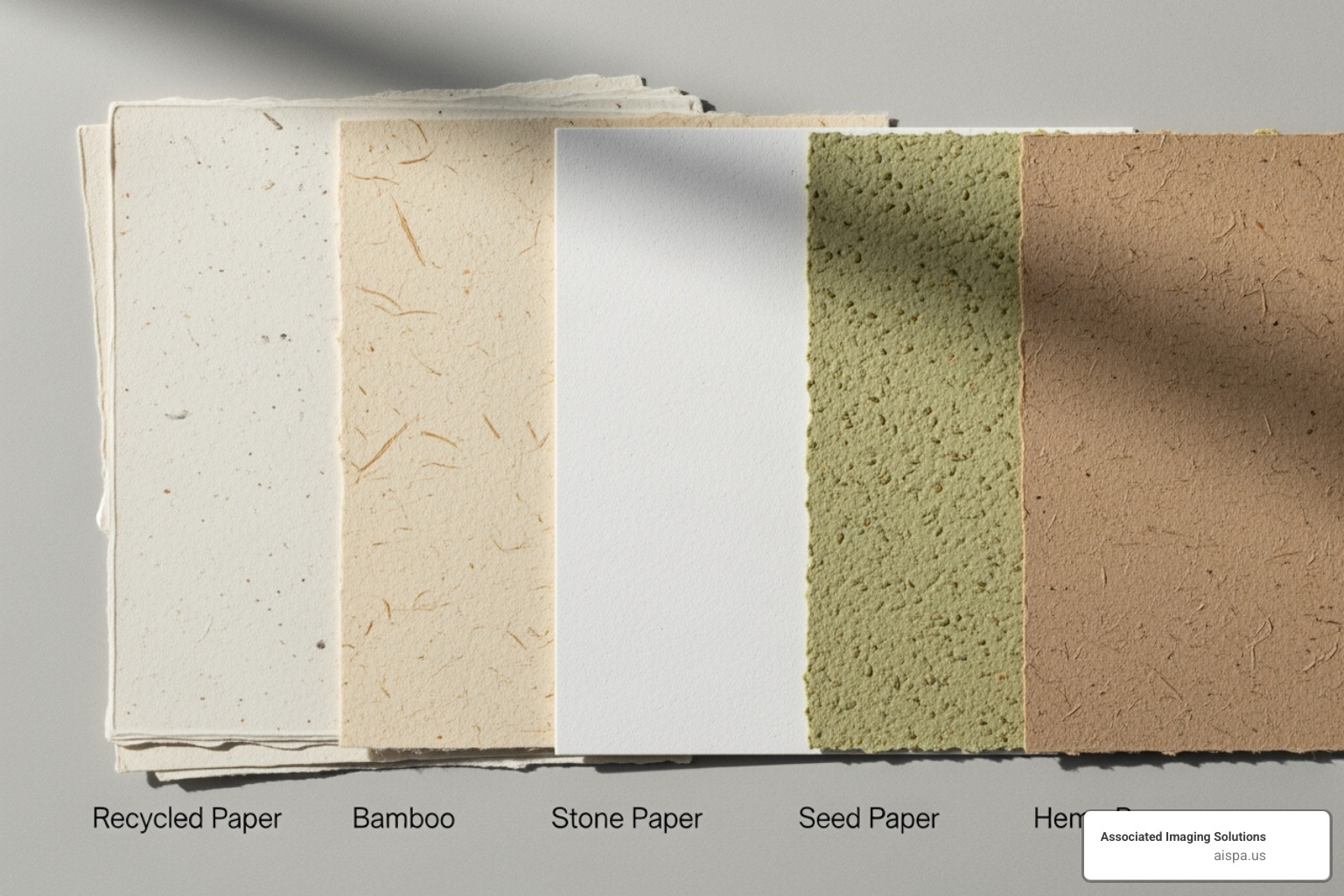
Eco-Friendly Paper and Substrates
Paper production is resource-intensive, but sustainable alternatives can make a big difference.
- Recycled Paper: Using paper with a high percentage of post-consumer waste (PCW) gives a second life to materials and significantly reduces the need for virgin pulp. Every ton of recycled paper saves approximately 17 trees and 4,000 kilowatts of energy.
- FSC-Certified Paper: For new paper, look for the Forest Stewardship Council (FSC) certification. This ensures the paper comes from responsibly managed forests that protect biodiversity.
- Tree-Free Alternatives: Innovative options like paper made from bamboo, sugarcane waste (bagasse), or even stone (calcium carbonate) offer durable, high-quality alternatives that reduce reliance on forests.
For help navigating these options, see our guides on Best Printer Paper for Quality and Sustainability and Choosing the Right Printer Paper Types.
Sustainable Inks and Toners
Traditional petroleum-based inks release volatile organic compounds (VOCs) into the air. Greener alternatives are readily available:
- Soy and Vegetable-Based Inks: These inks use renewable resources like soybean or corn oil, produce vibrant colors, and have lower VOC content.
- Water-Based Inks: By using water as a solvent, these inks dramatically cut down on harmful emissions.
- Remanufactured Cartridges: Opting for remanufactured toner and ink cartridges keeps plastic out of landfills and reduces the energy needed for new production. Learn more with our guides on Compatible Toner Cartridge and Do Laser Printers Use Ink?.
Hazardous Chemicals to Avoid in Printing
Be mindful of harmful chemicals in printing supplies. Bisphenol A (BPA) and Bisphenol S (BPS), often found in thermal paper, are known endocrine disruptors. Similarly, some inks and coatings contain heavy metals or phthalates. Whenever possible, choose products explicitly labeled as BPA-free, BPS-free, and non-toxic to protect both your employees and the environment.
Smart Technologies and Practices for Eco-Friendly Printing Solutions
Beyond materials, how you print matters. Smart technologies and practices are key to reducing your environmental footprint, from energy consumption to paper waste.
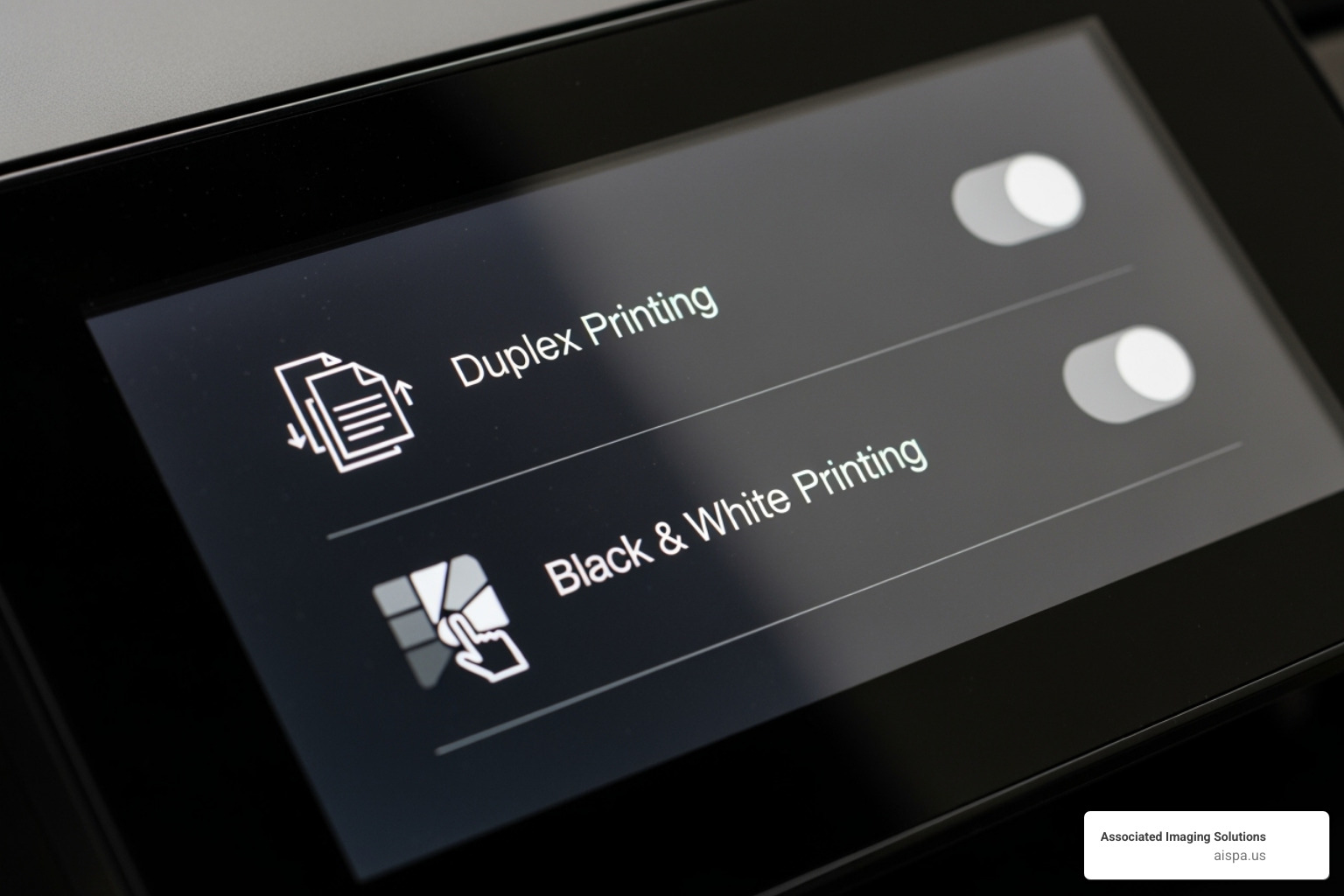
Energy-Efficient Hardware and Maintenance
Modern printers offer significant energy savings. Look for ENERGY STAR certified printers, which use up to 50% less energy. Consolidating devices with a multifunction device (MFD) also reduces overall power consumption and e-waste. Ensure low-power sleep modes are enabled to minimize energy use during idle times. Finally, proper maintenance extends the life of your equipment, preventing waste from malfunctions and premature replacement. Learn more about choosing the right device in our guides on Inkjet vs. Laser Printer and How Long Do Printers Last?.
Waste-Reducing Print Management Strategies
With studies showing that 65% of printed documents are discarded the same day, smart print management is crucial. Here are some effective strategies:
- Print-on-Demand (POD): Print only what you need, when you need it, eliminating the waste of pre-printed, outdated materials.
- Secure Print Release: Users must authenticate at the printer to release their jobs, preventing unclaimed documents from piling up.
- Default Settings: Set all printers to default to duplex (double-sided) and black-and-white printing. This simple change can cut paper consumption in half.
- Print Quotas and Tracking: Use software to monitor printing habits, which encourages more mindful use and helps identify areas for improvement.
- Digital Workflows: Accept digital document management, e-signatures, and cloud storage to reduce the need for physical copies altogether.
These strategies not only help the environment but also deliver real cost savings. Learn more about optimizing your print environment with our guide on Choosing the Right Print Management Company.
Key Certifications That Verify Green Claims
To ensure you’re choosing genuinely sustainable products, look for these third-party certifications:
| Certification/Standard | What it Verifies |
|---|---|
| FSC (Forest Stewardship Council) | Paper comes from responsibly managed forests with strict environmental and social standards |
| SFI (Sustainable Forestry Initiative) | North American forests are managed sustainably with third-party verification |
| Green Seal | Products meet rigorous environmental standards throughout their lifecycle |
| EPEAT (Electronic Product Environmental Assessment Tool) | Electronic equipment meets comprehensive environmental criteria including energy efficiency and end-of-life management |
| UL GREENGUARD | Products have low chemical emissions, contributing to healthier indoor air quality |
These labels provide independent verification, helping you cut through marketing claims and make truly eco-friendly choices.
Smart Technologies and Practices for Eco-Friendly Printing Solutions
Beyond the materials themselves, the way we print and manage our operations plays a massive role in our environmental footprint. This is where smart technologies and practices come into play, changing how we approach eco friendly printing solutions from energy consumption to waste reduction.
Energy-Efficient Hardware and Maintenance
Printers, copiers, and multifunction devices (MFDs) consume electricity, and that energy consumption adds up. Reducing it is a cornerstone of sustainable printing.
- ENERGY STAR Certified Printers: When choosing new equipment, we always recommend looking for devices with the ENERGY STAR certification. These machines are designed to be highly energy-efficient, consuming less power during operation and, crucially, in standby or “sleep” modes. Investing in energy-efficient printers and copiers can drastically reduce electricity bills and your carbon footprint, leading to long-term savings.
- Multifunction Devices (MFDs): Consolidating printing, scanning, copying, and faxing into a single MFD often uses less energy than separate machines. It also reduces the amount of electronic waste produced when individual machines eventually need replacement.
- Low-Power Sleep Modes: Modern printers are equipped with advanced power management features. Ensuring these modes are activated and properly configured means your devices are only using the power they need, when they need it.
- Proper Maintenance: A well-maintained printer lasts longer. Regular servicing, cleaning, and prompt repairs extend the lifespan of your equipment, delaying the need for manufacturing new devices and reducing e-waste. This also ensures optimal performance, preventing wasted paper or toner due to machine errors. Curious about how your office workhorse should last? Check out our articles on Inkjet vs. Laser Printer and How Long Do Printers Last?.
Waste-Reducing Print Management Strategies
It’s “an environmental nightmare” to print without considering how to reduce waste. With 65% of documents getting thrown away or recycled the same day, we have a huge opportunity to print smarter.
- Print-on-Demand (POD): This strategy means only printing what’s actually needed, when it’s needed. POD eliminates overproduction, excess inventory, and unnecessary storage, significantly reducing paper waste and your carbon footprint.
- Secure Print Release: Also known as “pull printing,” this feature requires users to physically release their print jobs at the printer. This prevents forgotten or accidental prints from accumulating on the output tray, which often end up in the recycle bin unused.
- Setting Defaults to Duplex and B&W: Simply setting your office printers to default to double-sided (duplex) and black-and-white printing can cut paper use in half and reduce color ink consumption. We recommend encouraging employees to print in color only when absolutely necessary.
- Print Quotas and Tracking: Implementing print management software allows us to track print volumes, identify heavy users or departments, and set quotas. This awareness often leads to more mindful printing habits, reducing overall consumption. This also helps reduce IT help desk time related to printers, which can represent 40% to 60% of their time.
- Digital Document Management & E-signatures: The ultimate goal should be to print as little as possible. Embracing cloud-based collaboration, digital document storage, and e-signature software helps transition hard-copy jobs onto the cloud, drastically reducing the need for physical documents. The days of physically signing a piece of paper are pretty much over, making digital alternatives a smart choice.
These strategies not only reduce your environmental footprint but also lead to significant cost savings. Learn more about optimizing your print environment with our guide on Choosing the Right Print Management Company.
Key Certifications That Verify Green Claims
How do we know if a printing solution is genuinely eco-friendly and not just “greenwashing”? Certifications and standards provide objective verification.
| Certification/Standard | What it Verifies
We, at Associated Imaging Solutions, understand the critical importance of sustainability in today’s business landscape. For businesses in Philadelphia and across Pennsylvania, adopting eco friendly printing solutions is no longer just an option but a necessity. It’s an ethical choice, a smart business move, and a powerful way to make a difference.
The Business Case: Unpacking the Benefits of Going Green
Contrary to the belief that “going green” is expensive, eco-friendly printing solutions offer a significant return on investment. For businesses in Philadelphia and beyond, sustainability is a smart financial strategy that also improves brand reputation.
Tangible Cost Savings and ROI
Implementing sustainable printing practices directly impacts your bottom line:
- Reduced Material Costs: Using duplex printing and secure print release can cut paper consumption in half. Since print-related expenses can be up to 3% of a company’s total costs, these savings are substantial.
- Lower Energy Bills: ENERGY STAR certified printers with optimized power settings use significantly less electricity, reducing utility expenses.
- Optimized Supply Chain: Remanufactured toner cartridges and managed print services streamline supply ordering and reduce costs.
- Increased IT Efficiency: A well-managed print environment minimizes printer-related issues, which can occupy 40-60% of IT help desk time. This frees up your tech team for more critical tasks.
While there may be an initial investment, the long-term savings in paper, energy, and maintenance deliver a strong ROI. Options like a Copier Lease make this transition even more accessible. Our guide on 10 Tips for Choosing the Right Printer Leasing Company can help you make an informed decision.
Enhancing Your Brand and Workplace Culture
Beyond financial gains, sustainable practices offer invaluable benefits:
- Stronger Brand Reputation: Demonstrating a commitment to environmental responsibility resonates with today’s eco-conscious customers.
- Improved Employee Morale: Staff members are often proud to work for a company that values sustainability, which can improve retention and engagement.
- Competitive Advantage: In a crowded market, a clear commitment to green initiatives can be a powerful differentiator that attracts and retains clients.
Eco-friendly printing creates a positive feedback loop: cost savings fuel further investment, a strong reputation attracts talent and customers, and a reduced environmental impact benefits everyone.
Putting It All Together: Implementing Your Green Printing Strategy
Transitioning to a sustainable printing environment is a practical process. By creating a clear policy and tracking your progress, you can turn good intentions into measurable results.
How to Create an Effective Eco-Friendly Printing Policy
A strong policy is the foundation of your green printing initiative. Here’s a step-by-step approach:
- Conduct a Print Audit: Start by understanding your current usage. Analyze print logs to see who prints what, when, and why. This will reveal key areas for improvement.
- Set Measurable Goals: Establish specific, achievable targets. For example, aim to “reduce paper consumption by 20% in six months” or “increase duplex printing to 80%.”
- Educate and Train Employees: Host sessions to explain the new policy and demonstrate how to use features like secure print and power-saving modes. When your team understands the “why,” they’re more likely to participate.
- Make it Easy: Place recycling bins for paper and cartridges in convenient, high-traffic areas near printers. For tips on cartridge recycling, see our guide on How to Empty Waste Toner Box.
- Communicate and Reinforce: Regularly share progress towards your goals. Celebrate successes and make sustainability a visible part of your company culture.
How to Measure and Improve Your Eco-Friendly Printing Solutions
Once your policy is in place, continuous improvement is key. Here’s how to track your success:
- Monitor Usage: Use print management software to track paper and energy consumption. This data provides the insights needed to refine your strategy and demonstrate ROI.
- Calculate Your Carbon Footprint: Go beyond just counting pages by calculating the total environmental impact of your printing activities. Services using standards like ISO 16759 can provide accurate data.
- Consider Carbon Offsetting: For the remaining environmental impact, programs like PrintReleaf can offset your paper consumption by funding certified reforestation projects.
- Accept Continuous Improvement: Regularly review your policies and performance. Are there new technologies to adopt? Does your team need more training? An iterative approach ensures your eco friendly printing solutions remain effective and up-to-date.
Conclusion: Your Next Step Towards a Greener Future
Adopting eco friendly printing solutions is a clear win-win, offering a powerful combination of environmental stewardship and financial benefits. By making smart choices—from recycled paper and soy-based inks to energy-efficient hardware and waste-reducing software—your business can significantly cut costs and reduce its carbon footprint.
These practices go beyond just saving paper. They improve your brand’s reputation, boost employee morale, and free up valuable IT resources. The business case is undeniable: sustainable printing is a strategic investment in a more efficient and responsible future.
At Associated Imaging Solutions, we specialize in helping Philadelphia businesses implement these solutions seamlessly. Our managed print services are custom to your unique needs, combining cutting-edge technology with local expertise to optimize your printing environment.
The question isn’t whether you can afford to go green, but whether you can afford not to. The benefits are clear, the technology is proven, and the support is here.
Take the first step towards sustainable printing with our expert services. Let’s work together to transform your printing operations into a competitive advantage you can feel good about.
